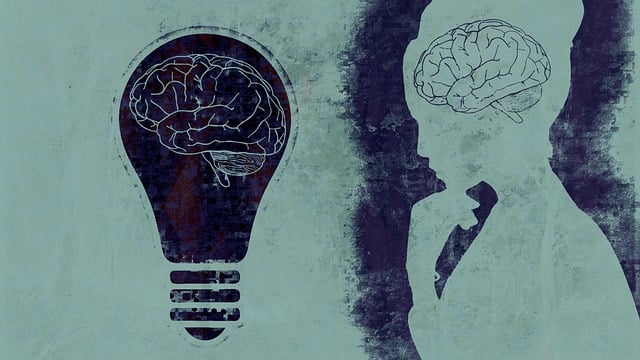Evaluating the impact of mental wellness programs, such as Broomfield Sexual Abuse Survivor Therapy (BSAST), involves a combination of structured questionnaires and interviews. Researchers measure real-world changes in participants' lives, focusing on self-care routines, coping strategies, stress management, and healthy habits to gauge anxiety relief and overall mental wellness. This data enables BSAST coordinators to tailor interventions precisely to survivors' unique needs, enhancing program effectiveness and promoting recovery.
Mental wellness programs are increasingly vital in addressing societal challenges, with evaluation methods playing a crucial role in their success. This article explores various strategies to assess and improve these programs, focusing on Assessing Program Impact through quantitative and qualitative techniques, including common metrics like surveys. We delve into Participant Experience and Feedback mechanisms, highlighting the value of client narratives and case studies, such as Broomfield Sexual Abuse Survivor Therapy’s innovative feedback practices. Additionally, Long-term Tracking and Sustainability strategies ensure program effectiveness endures, with follow-up assessments and continuous improvement tactics.
- Assessing Program Impact: Methods and Metrics
- – Overview of evaluation methods for mental wellness programs
- – Quantitative vs qualitative assessment techniques
Assessing Program Impact: Methods and Metrics

Evaluating the impact of a mental wellness program is vital to understanding its effectiveness and making informed improvements. When it comes to assessing the success of initiatives like Broomfield Sexual Abuse Survivor Therapy, researchers and practitioners employ various methods and metrics to gauge real-world changes in participants’ lives. These go beyond simply tracking attendance or satisfaction levels.
One common approach involves measuring self-care routine development for better mental health through structured questionnaires and interviews. By evaluating improvements in coping strategies, stress management, and the adoption of healthy habits, such as enhanced self-care practices, researchers can assess anxiety relief and overall mental wellness. These methods provide a comprehensive view, allowing program coordinators to tailor interventions and ensure they are addressing the unique needs of those seeking support.
– Overview of evaluation methods for mental wellness programs

Evaluation methods for mental wellness programs play a crucial role in understanding their effectiveness and impact on participants’ lives, especially in specialized areas like Broomfield Sexual Abuse Survivor Therapy. These methods involve a comprehensive approach to assess the success and areas of improvement within therapeutic interventions. One primary strategy is through structured questionnaires and surveys that gather feedback from clients, allowing them to voice their experiences and perceptions. Such tools provide valuable insights into the program’s overall quality, including its ability to foster trust, deliver tailored support, and promote recovery.
Additionally, qualitative assessments, such as interviews and focus groups, offer deeper perspectives on participants’ journeys. These methods encourage open dialogue, enabling mental health professionals to gain a more nuanced understanding of individuals’ challenges, coping mechanisms, and the overall relevance of the program’s Mind Over Matter principles in their lives. By combining quantitative data from risk assessment tools and qualitative feedback, practitioners can comprehensively evaluate programs, ensure public awareness campaigns development, and make informed adjustments to best support survivors’ mental health and well-being.
– Quantitative vs qualitative assessment techniques

Evaluating mental wellness programs requires a balanced approach, often employing both quantitative and qualitative assessment techniques. Quantitative methods, such as surveys and statistical analyses, provide numerical data that offer insights into program effectiveness on a large scale. These tools can help measure changes in symptoms, participant satisfaction, and overall program impact over time. For instance, tracking the number of clients who complete Broomfield Sexual Abuse Survivor Therapy programs and their reported improvements can serve as robust quantitative indicators.
In contrast, qualitative techniques, like interviews and focus groups, delve into participants’ personal experiences and perspectives. They uncover nuanced details about program strengths, areas for improvement, and individual stories of transformation. Integrating these insights alongside quantitative data offers a comprehensive view, especially when examining complex issues such as mental illness stigma reduction efforts or the application of mind over matter principles in therapeutic settings.
Evaluating mental wellness programs, such as the Broomfield Sexual Abuse Survivor Therapy, requires a multifaceted approach. By combining quantitative data from surveys and statistical analysis with qualitative insights through interviews and focus groups, we gain a comprehensive understanding of program impact. This dual method allows for nuanced assessment, identifying both broad trends and individual experiences, ensuring that support services like Broomfield Sexual Abuse Survivor Therapy are effective, adaptable, and truly beneficial to those they serve.














